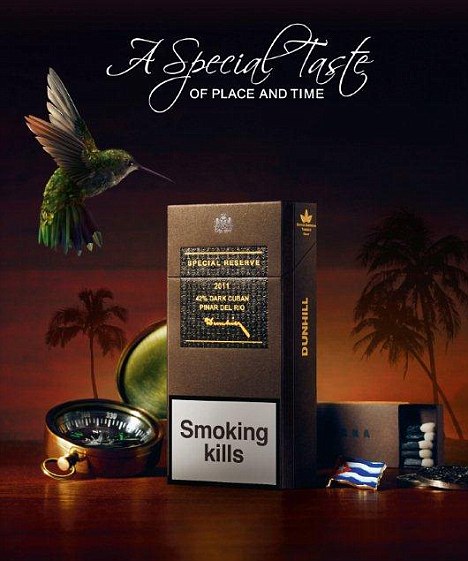‘Beedi’ baron Shyama Charan Gupta, whose membership of a parliamentary committee on tobacco has kicked up a row over conflict of interest, was not present at a meeting of the panel today during which members raised concerns over the issue. Although there was no official word on what transpired in the meeting of the Committee of Subordinate Legislation, it is understood that the contentious issue of increasing the size of pictorial warnings on tobacco products was among the things discussed.
The committee has already recommended to the government to hold its proposal to increase the size of pictorial warnings on tobacco products from its present 40 per cent to 85 per cent. One of the senior members of the panel, Congress MP S P Muddahanumegowda said having conflict of interest and attending the meeting “reflect” on the proceedings and also make people suspect “bona fide” of other members.
“If I were to be in his (Gupta) position having conflict of interest, I would not have attended the meeting or resigned from that committee. Because conflict of interest and attending the meeting, it reflects on the proceedings of the meeting and also makes the people to suspect the bona fide of other members also.
“Whatever decision we take, that will not be free from any bias. The people will suspect that. We may not be influenced by any such request or pressure, but it gives room for others to think like that. We talk much about ethics. According to me, the ethics demand we should refrain ourselves from attending any proceedings where you have got selfish interest,” the MP said.
Gupta’s presence in the committee was criticised by the Opposition parties which sought his removal from the panel, saying there was a clear “conflict of interest”. Asserting that he has not received any instructions to step down from the panel from his party, Gupta, however, said he was ready to accept it if it came through.
Gupta had made controversial remarks that beedis have “nil” harmful effect and also suggested that the government should make a distinction between smoked and chewed tobacco as he believes that the former was not as harmful. It a well known fact that Indians smoke cheapest cigarettes such as Astra http://www.cigarettesplace.net/astra
“I can produce a lot of people in front of you who are chain smokers of beedi and till date they have had no disease, no cancer… You get diabetes due to eating sugar, rice, potatoes. Why don’t you write warnings for all these things as well,” Gupta had questioned.
Significantly, his remarks were made barely days after the panel head Dilip Gandhi’s statement that there was no Indian study to confirm that tobacco use leads to cancer, leaving the government embarrassed and rival parties and the medical fraternity gunning for him. The government has said it will take a “measured and responsible” decision on the issue of increasing the size of pictorial warnings on tobacco.


